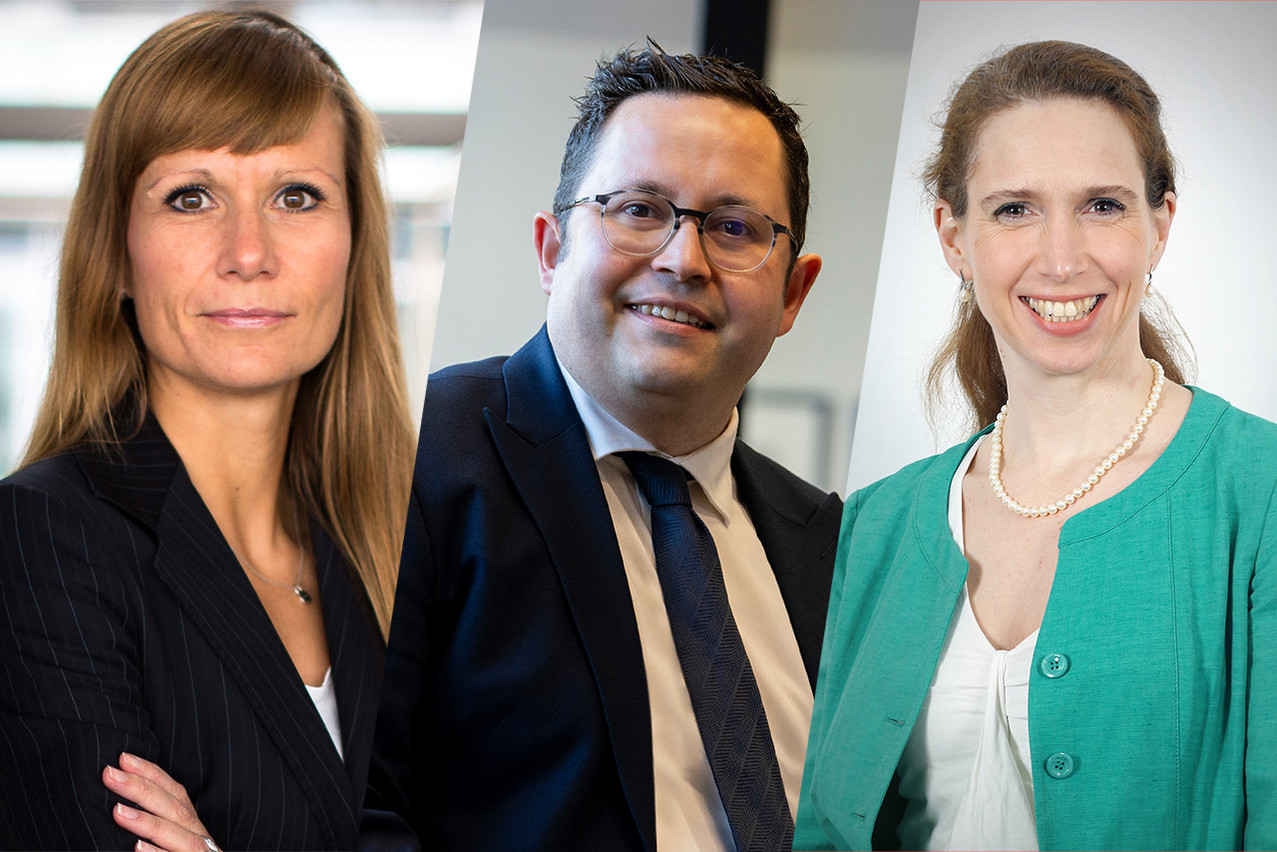The revised Eltif regulation came into force over Easter weekend--9 April 2023--and “discussing the Eltif today is self-evident, even a ‘must’ for our association, for the benefit of our wider membership,” began David Zackenfels, senior legal adviser at Alfi, introducing the session. Alfi has “very much” welcomed the entry into force of the regulation, which he noted was due to the “extensive work and collective effort of the European regulators and policymakers.”
“The Eltif framework has become much more attractive: to sponsors, to investors, to everybody,” said , partner at Linklaters and moderator of a panel on the main legal and regulatory changes. “The evolution of the number of Eltifs has been quite exponential in the last few months, which leaves me with a lot of hope for the Eltif market across Europe.”
The in 2022, according to the European rating agency Scope. Andrea Vathje, senior representative from Scope Fund Analysis, was also present during the online briefing and presented a recent report. Vathje noted that Scope expects Eltif volumes to reach €35bn-€50bn by 2028, thanks to growth drivers such as the Eltif 2.0 regulation and private clients discovering the segment.
Some key changes
So what is actually new in the Eltif 2.0 regulation?
“The new Eltif regulation now more clearly allows eligible assets and investments to be located in third countries, as the reference to European long-term investment has been removed from article one of the regulation,” explained , partner from Elvinger Hoss Prussen. The requirement for an Eltif to invest at least 70% of its capital in long-term eligible assets has also been lowered.
The definition of real assets has also been simplified, “and this is really a key element,” said Rossignon. The €10m minimum threshold to qualify as “real assets” has been removed and the scope of eligible assets has now been broadened.
Read also
“The original Eltif regulation contained restrictions on investments in other funds,” said , partner at Loyens & Loeff. “This would prove to be too restrictive, both in terms of percentage as well as type of target funds.” The revised Eltif 2.0 regulation, therefore, includes an increase in the percentage that Eltifs can invest in other Eltifs, Euveca (European venture capital funds) or Eusesf (European social entrepreneurship funds). The types of funds that Eltifs can invest in have been also broadened to include Ucits and EU alternative investment funds managed by EU AIFMs.
Big potential on the retail side
Stefan Staedter, partner at Arendt, talked about how the new regulation has made Eltifs more accessible to retail investors. “There is no minimum entry ticket for retail investors,” he noted as one of the main changes. “Under the initial regulation, the 10% maximum of additive investments on an aggregate basis--especially for smaller investors--was one of the key barriers.” The new regulation will simplify access to private assets and stimulates their democratisation.
Staedter touched on a few potential challenges as well. “In the retail context, the suitability test is required for primary and secondary subscriptions. So there is a new niche of services to be developed,” he said. “From an operational point of view, it will be required to invest or to partner with service providers offering also digital infrastructure, which allows to accommodate thousands of potential requests for subscriptions and for transfers, but also for redemptions, in case of a semi-liquid type of solution.” He would expect to see “several players providing digital solutions” very soon.
It will be important to really attract the ‘everyone’ investor.
Constanze Jacobs, head of transactions, structuring and asset advisory at Commerz Real, had the view that the retail space will offer the biggest opportunities. “For us, it will be important to really attract the ‘everyone’ investor,” she said. “It’s also interesting to have investors investing through saving plans. €100 tickets will be interesting because that is something you build up on for the next decades.”
Importance of education and remaining challenges
Tarun Nagpal, founder of S64 Ventures Limited, had a few comments on some challenges. “What is still missing in a large part of the market is really that education piece--people really understanding what these products are about,” Nagpal said. “Many of these networks are adopting the Eltif, are selling to private markets for the very first time. That educational challenge is a very, very significant one.” Frontline client advisors in the private wealth industry will also need to be trained.
Another challenge relates to “dealing with the volume of potential clients you may have, as you go down to €1000, €100,” Nagpal added.
Will Eltif 2.0 be the next big thing?
“I asked this question to the market participants when I was doing my research, and I got a lot of feedback that the Eltif is going to be the ‘next big thing,’ that the Eltif 2.0 is going to be a game changer for this product,” said Scope’s Vathje. “But also I got some more comments that still you need some distribution, you need the education, and you need the knowhow.”
So why a market estimate for €35bn-€50bn for Eltifs? “We think that still, the settlement issues and the education will take some time--maybe two to three years--until this product will be standard. And then we see a lot more potential going forward, after this five years,” said Vathje. “I think it will be a very successful product going forward.”
It will be a “very big challenge” to define and implement processes, but Commerz Real’s Jacobs said she “definitely agreed 100%” with Vathje’s comments, in that “this is the product to come and to really be a product for the masses.” There is still work to be done--on IT infrastructure and education, for instance--but “those things will happen” and Eltif “will be the next big thing.”

